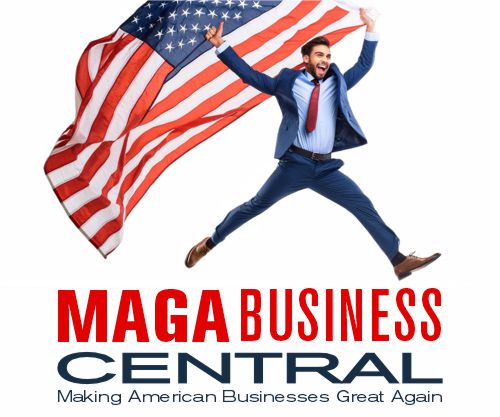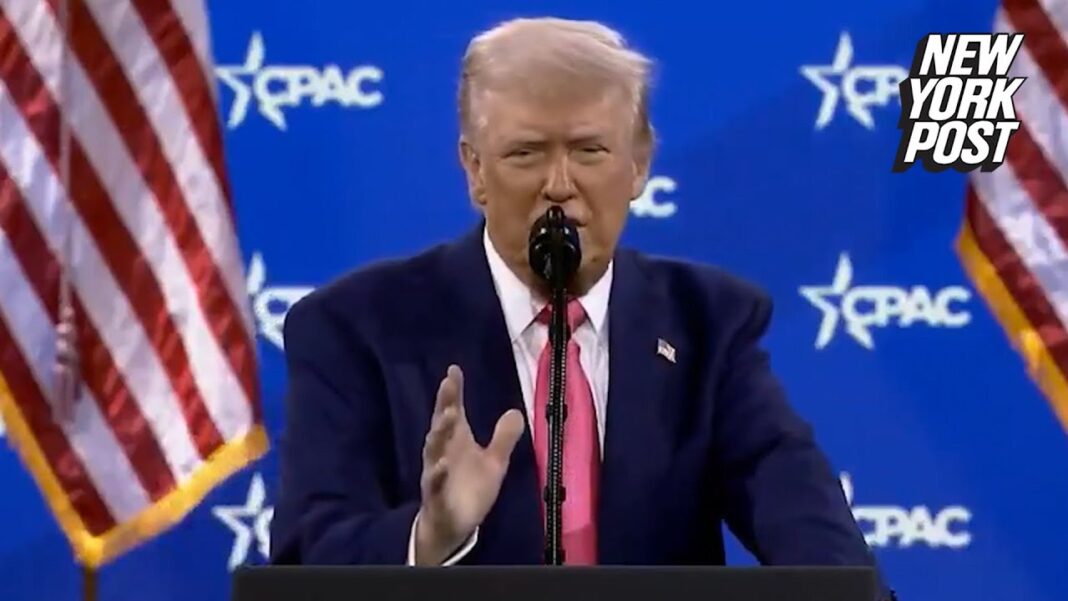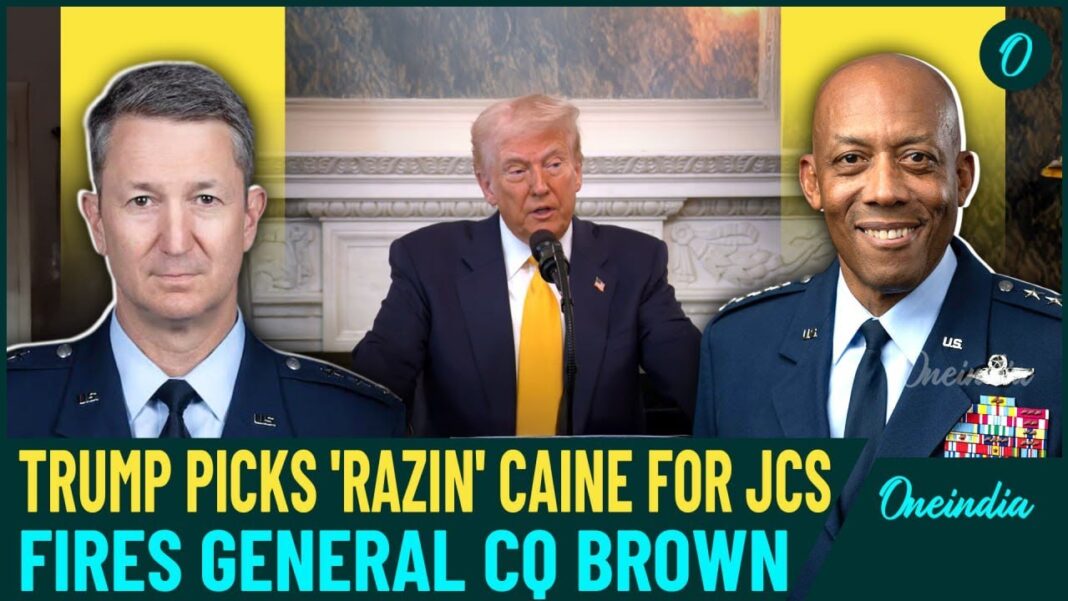Charts provide the context behind the president’s demand for fairness and order to restore steel tariffs by removing exclusions.
President Donald Trump is using tariffs—essentially taxes paid by foreign companies to access the U.S. market—as a primary tool to achieve his America First agenda. And it has delivered results for him so far.
Canada and Mexico both struck deals with the president after he vowed 25 percent tariffs on the two countries unless they drastically reduce the flow of illegal immigrants and fentanyl into the United States. The tariffs have since been paused for a month. Amid a dispute about repatriation flights of illegal immigrants to Colombia, Trump threatened tariffs on the country, after which the latter agreed to accept all of its nationals deported from the United States.
And on Feb. 13, Trump unveiled a plan for reciprocal tariffs and other arrangements to balance its trade with all countries.
“I have decided, for purposes of fairness, that I will charge a reciprocal tariff meeting whatever countries charge the United States of America,” he said. “We will charge them no more, no less.”
He added that other countries usually charge more tariffs than the United States and that “those days are over.”
The president instructed agencies to determine reciprocal tariffs for each country, weighing factors such as tariffs, value added taxes, local subsidies and regulations that make it difficult for American businesses to overcome trade barriers, and currency devaluation that makes U.S. goods more expensive.
At a press call on Feb. 13, a senior White House official said America’s trading partners have different ways, “like fingerprints,” to impose unfair barriers for U.S. products to enter their markets. The official noted that while India’s tariffs are “some of the highest in the world,” Japan, which charges relatively low tariff rates, instead has high structural obstacles such as taxes and regulations.
The official confirmed that each country can negotiate down U.S. tariffs on their goods by lowering their trade barriers.
By Terri Wu






